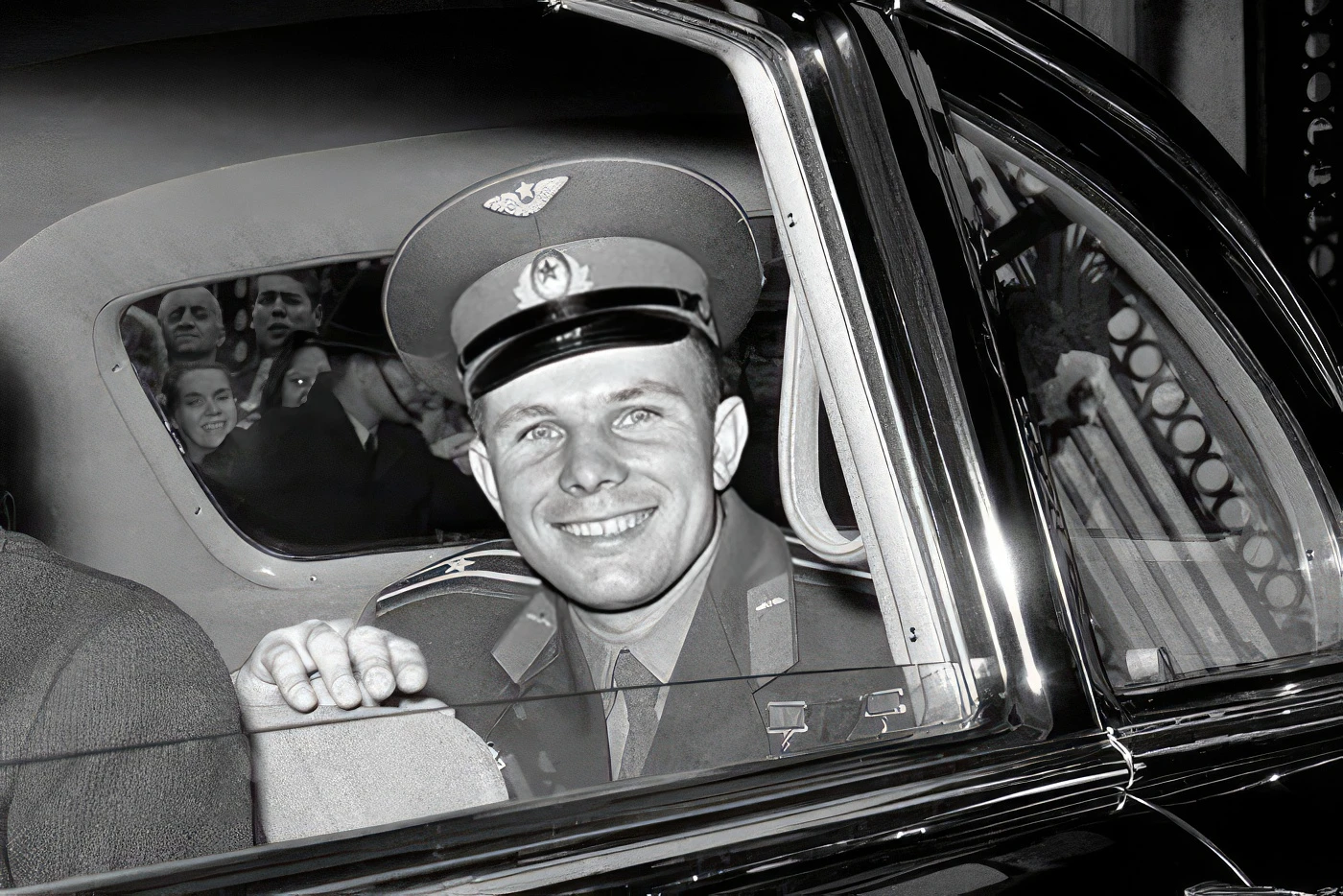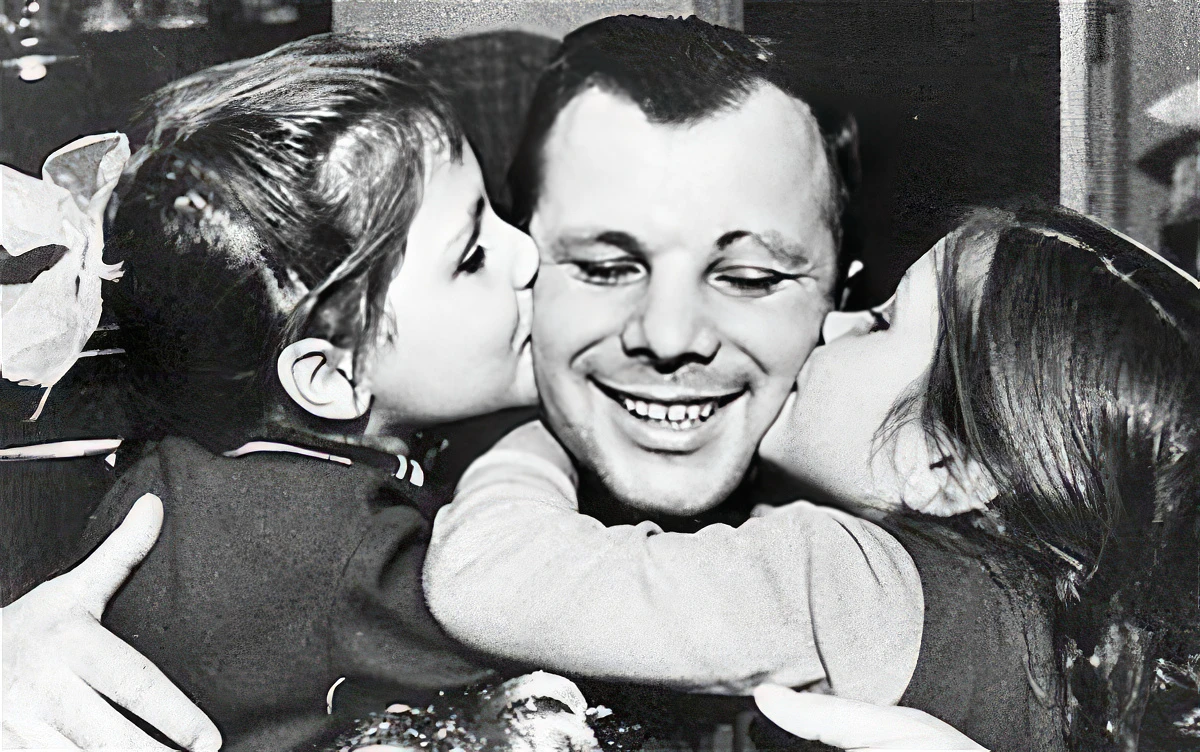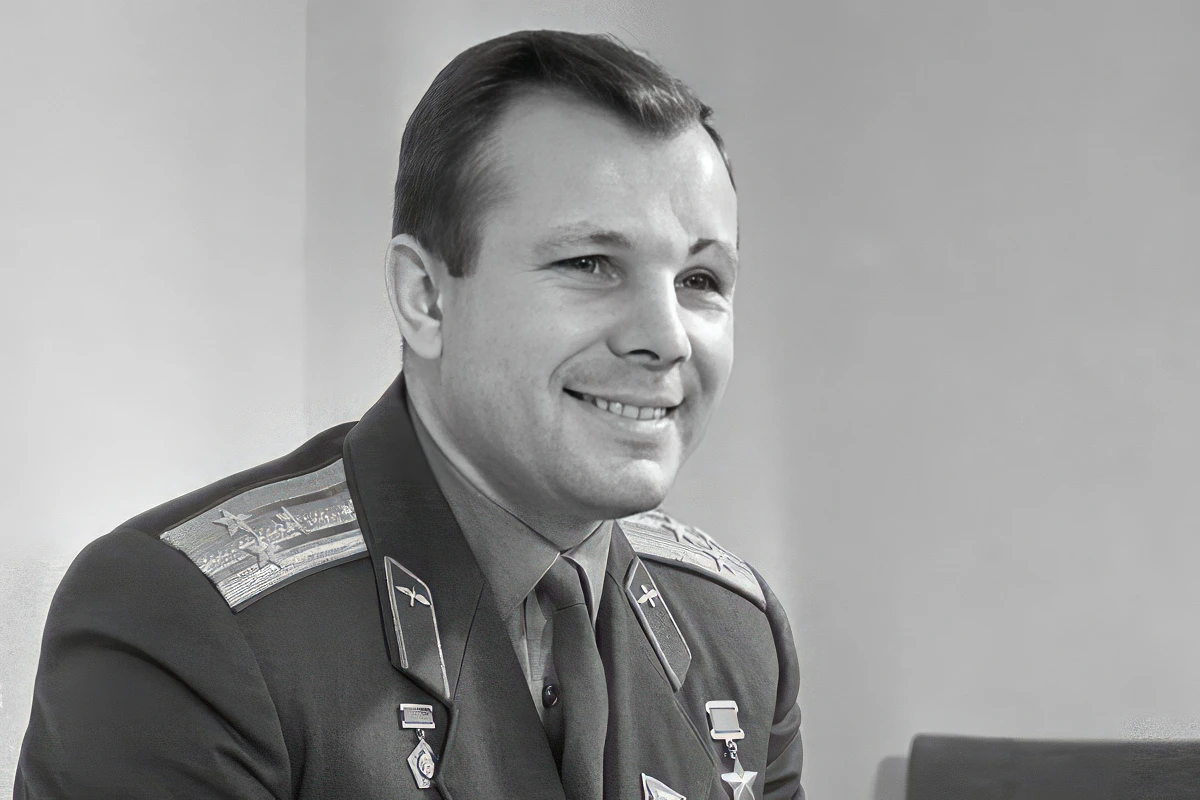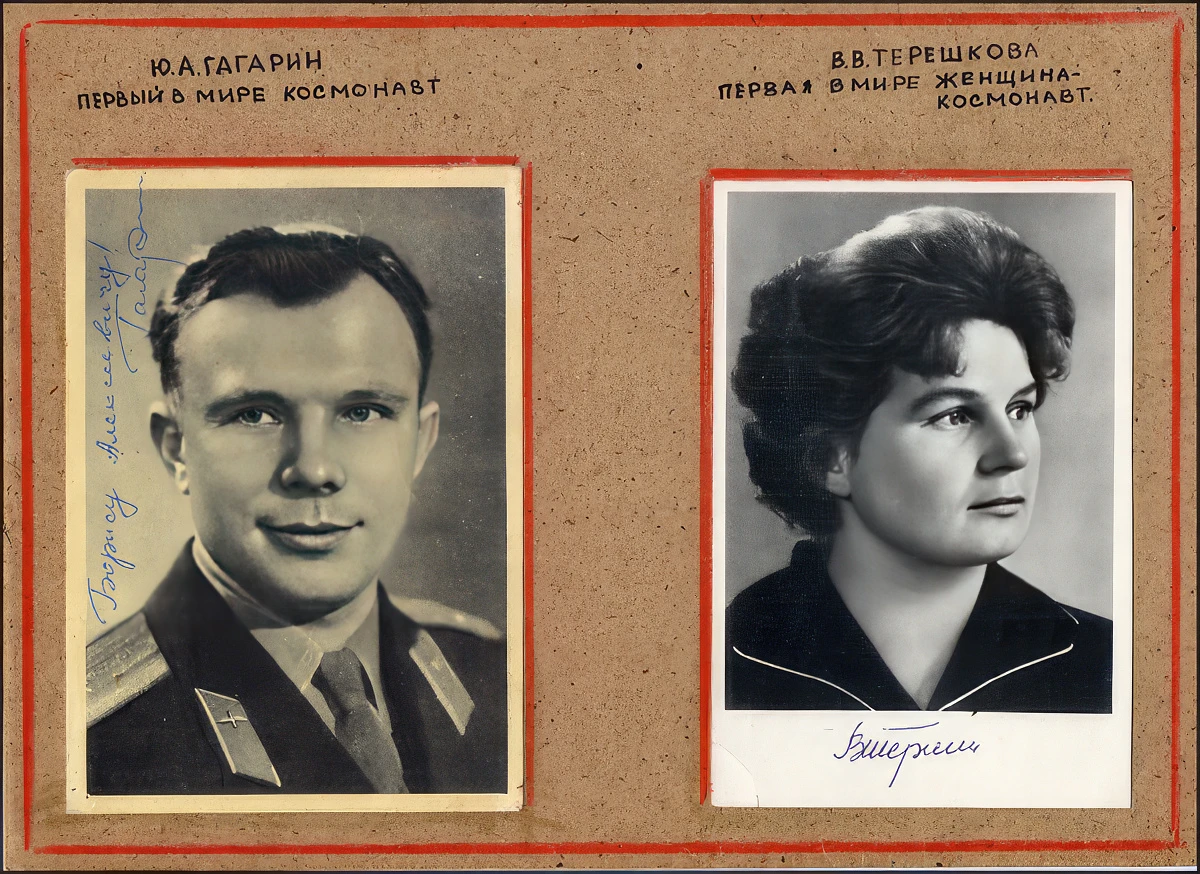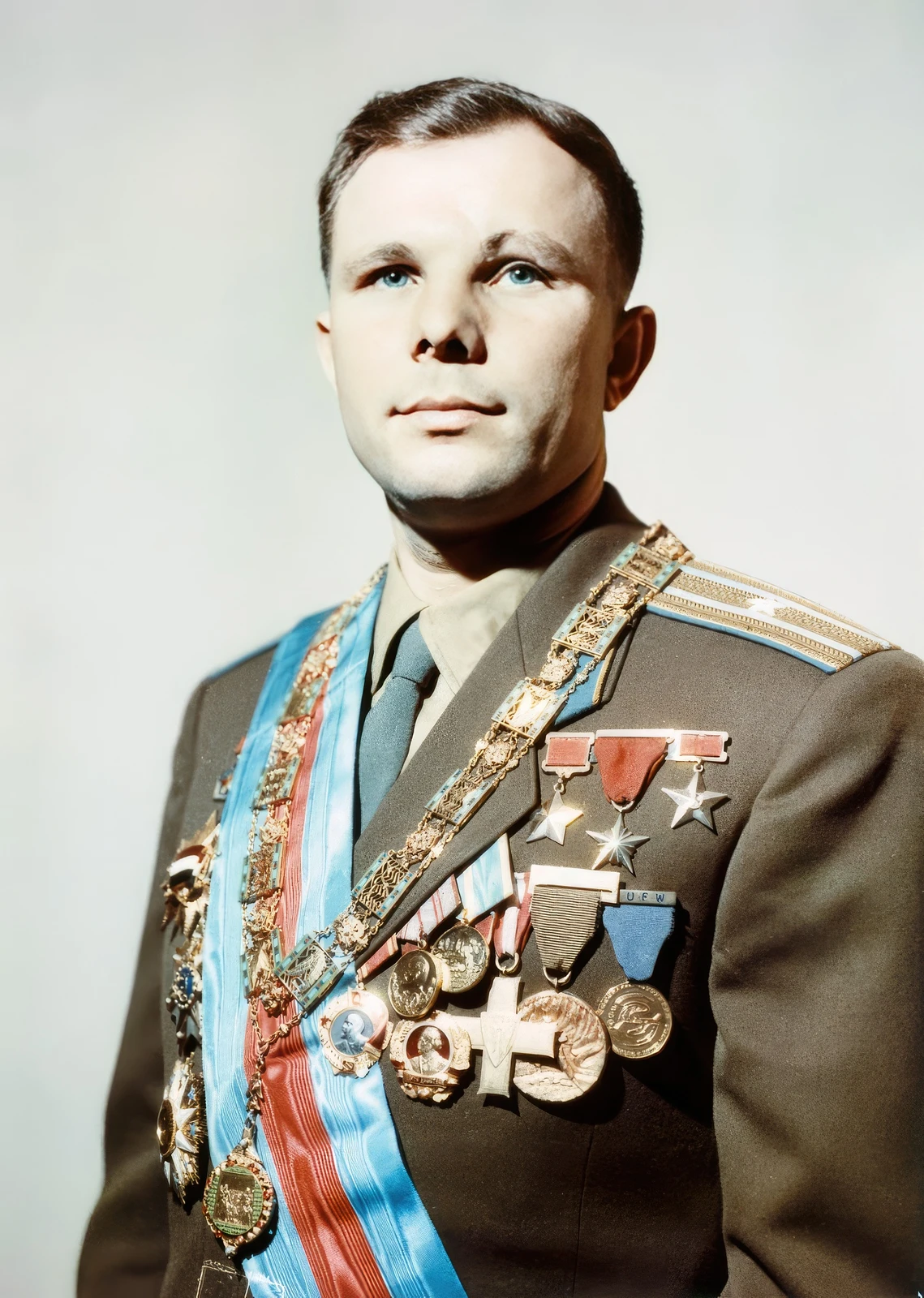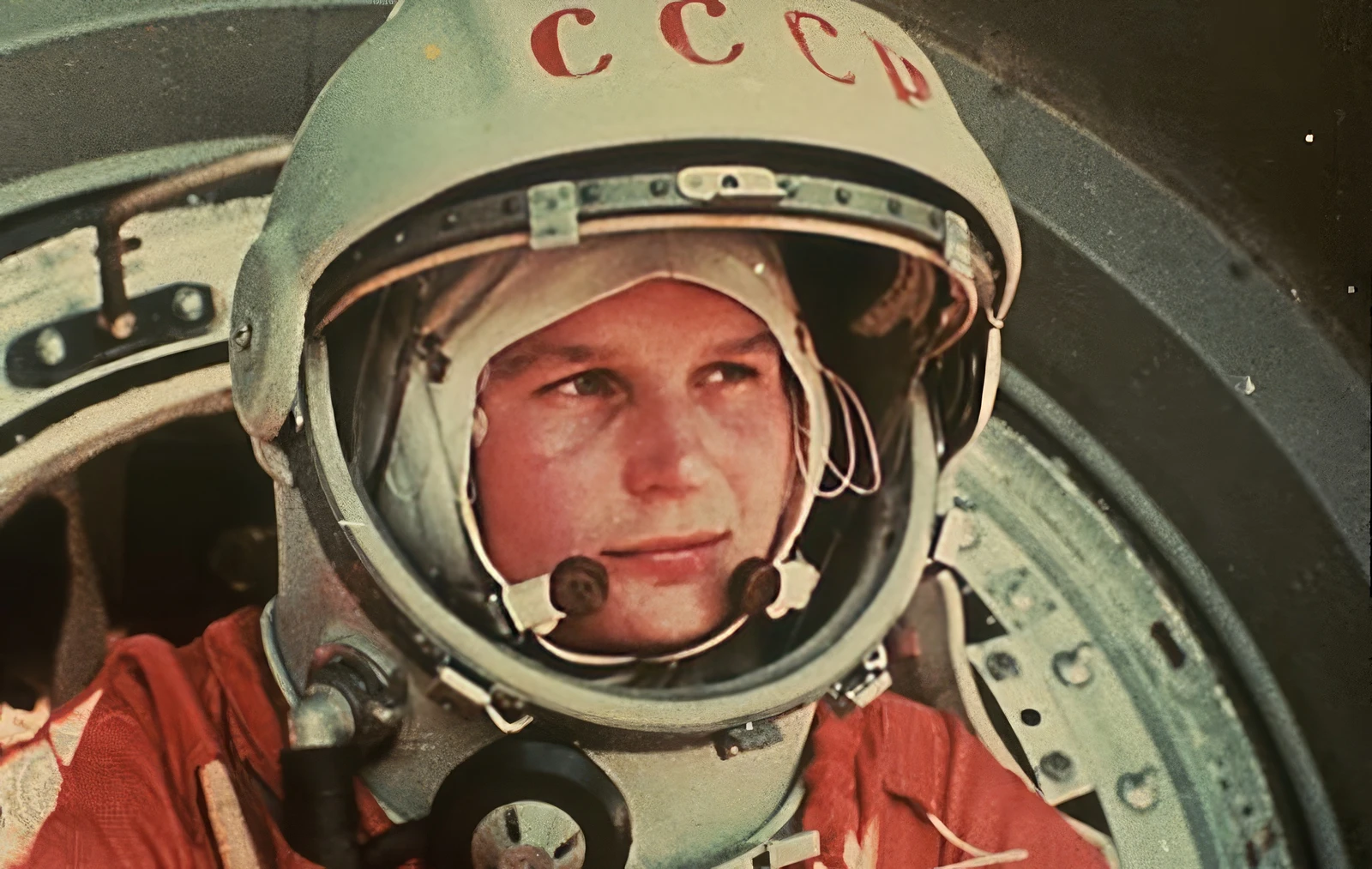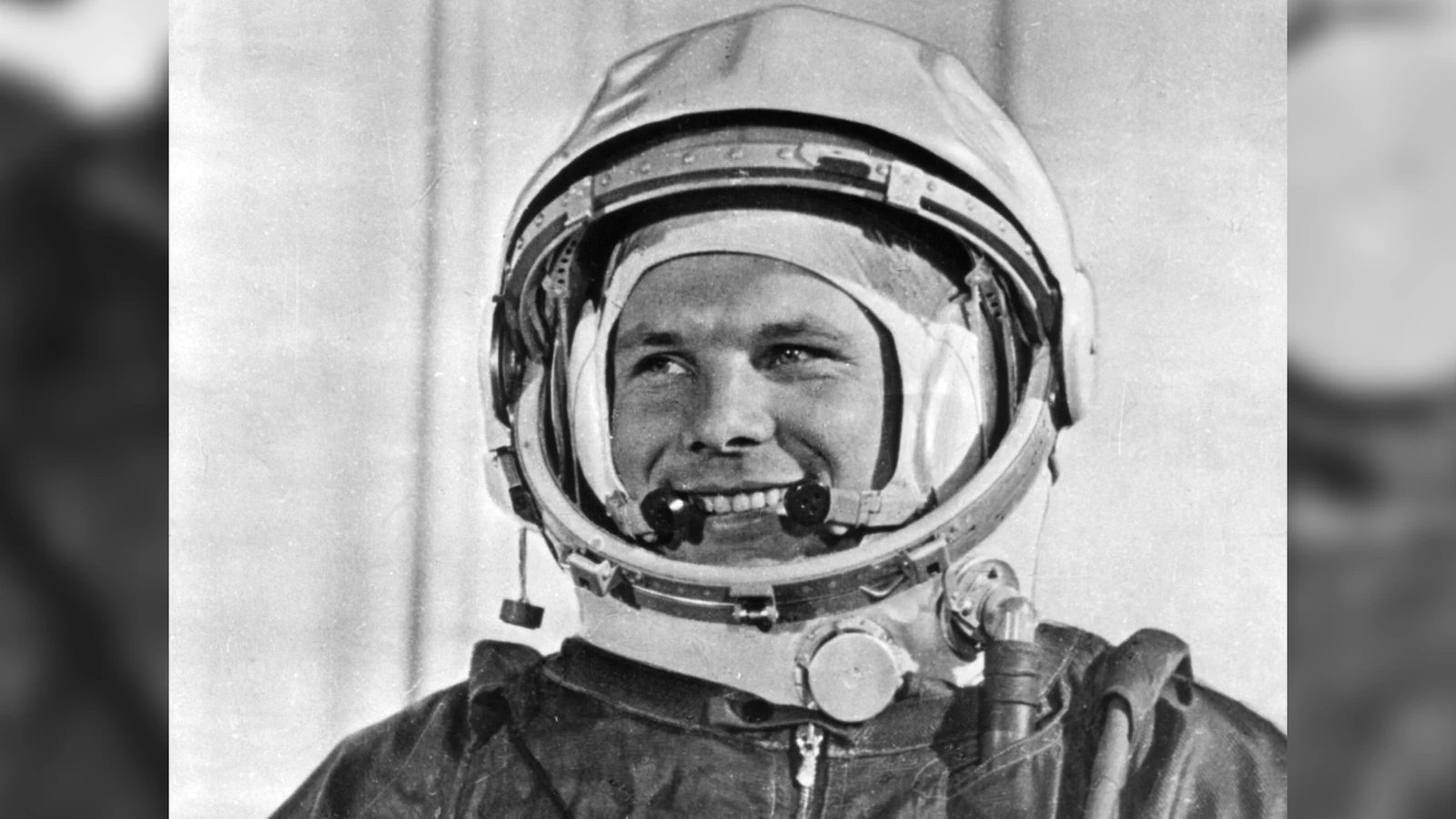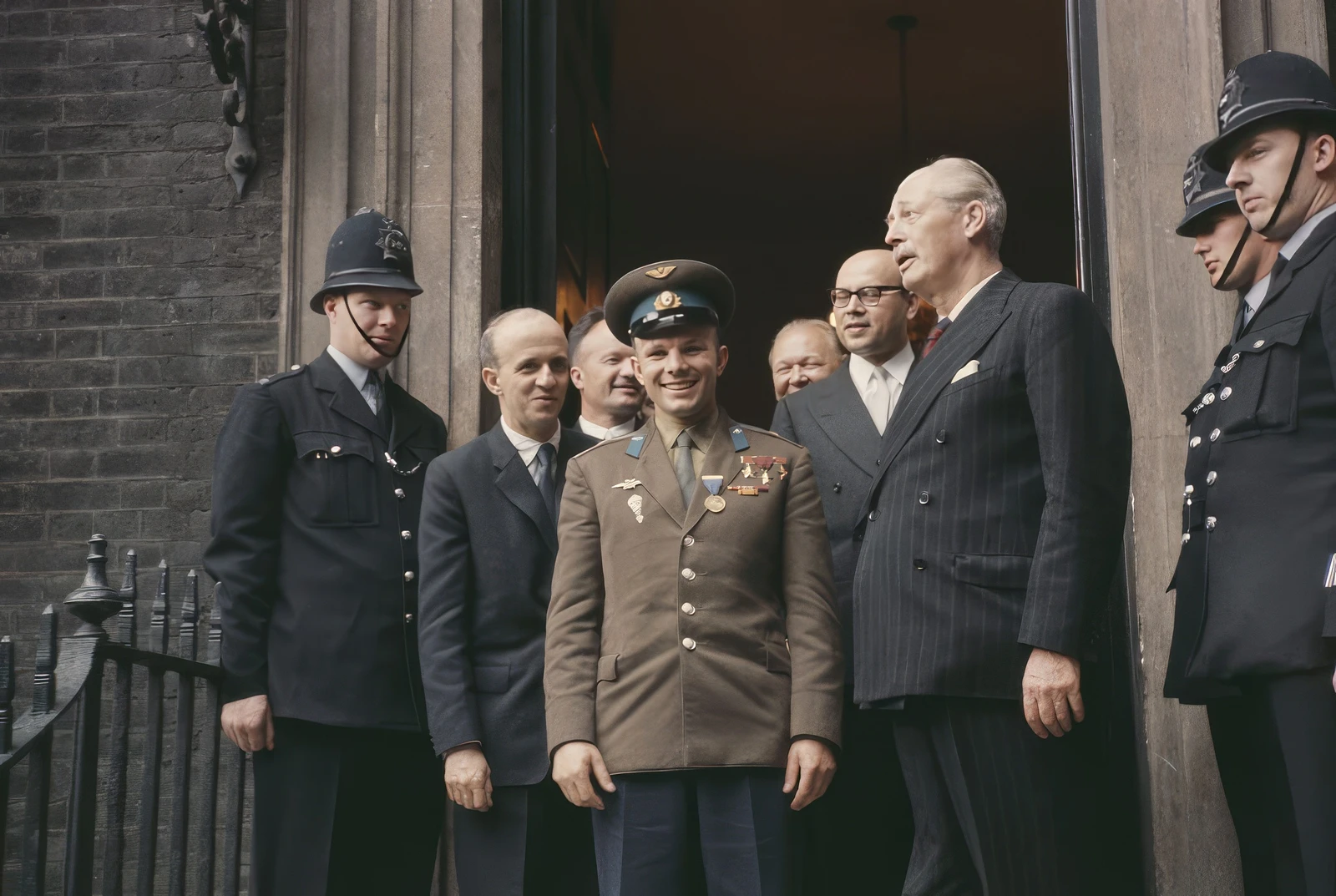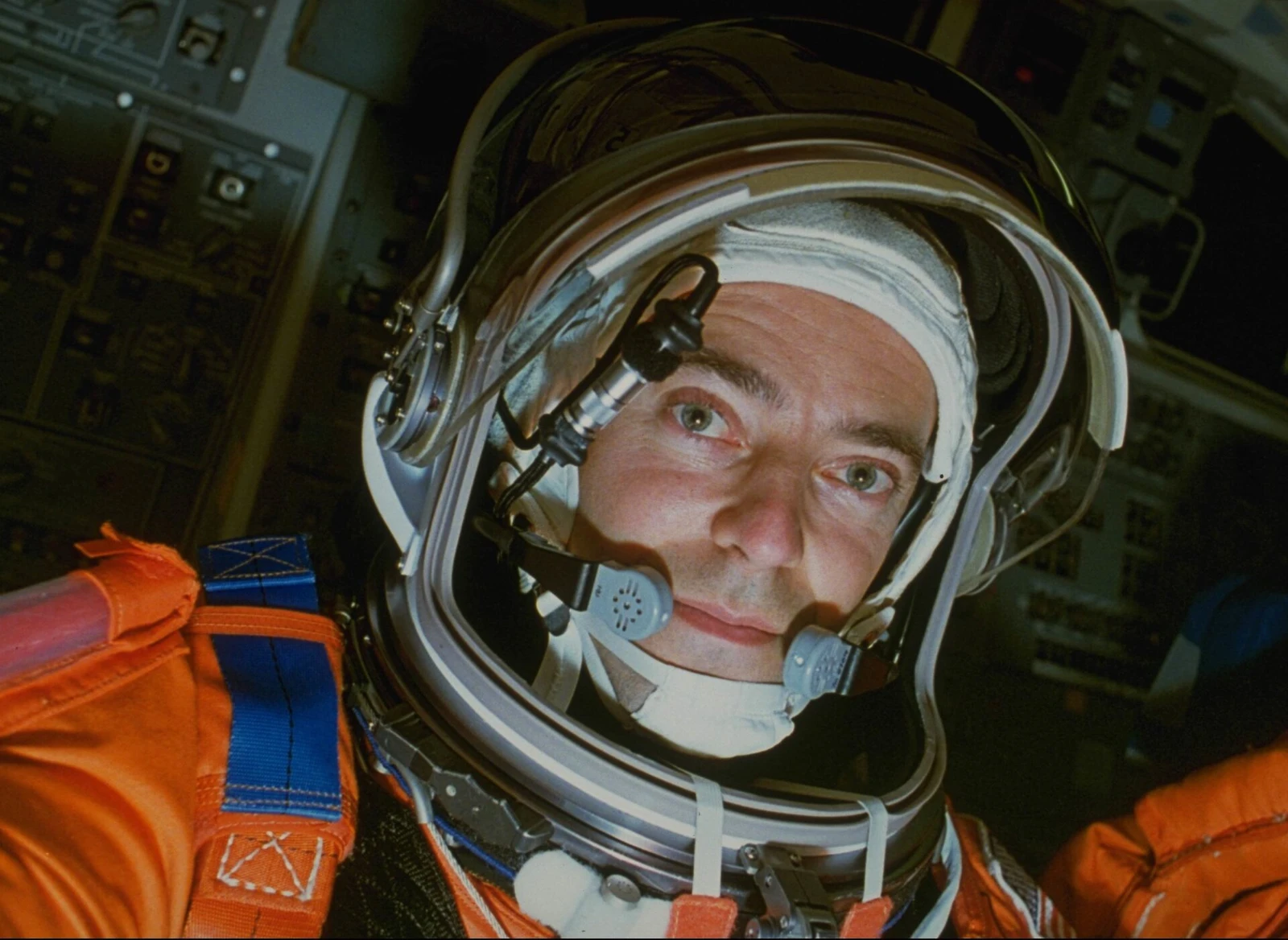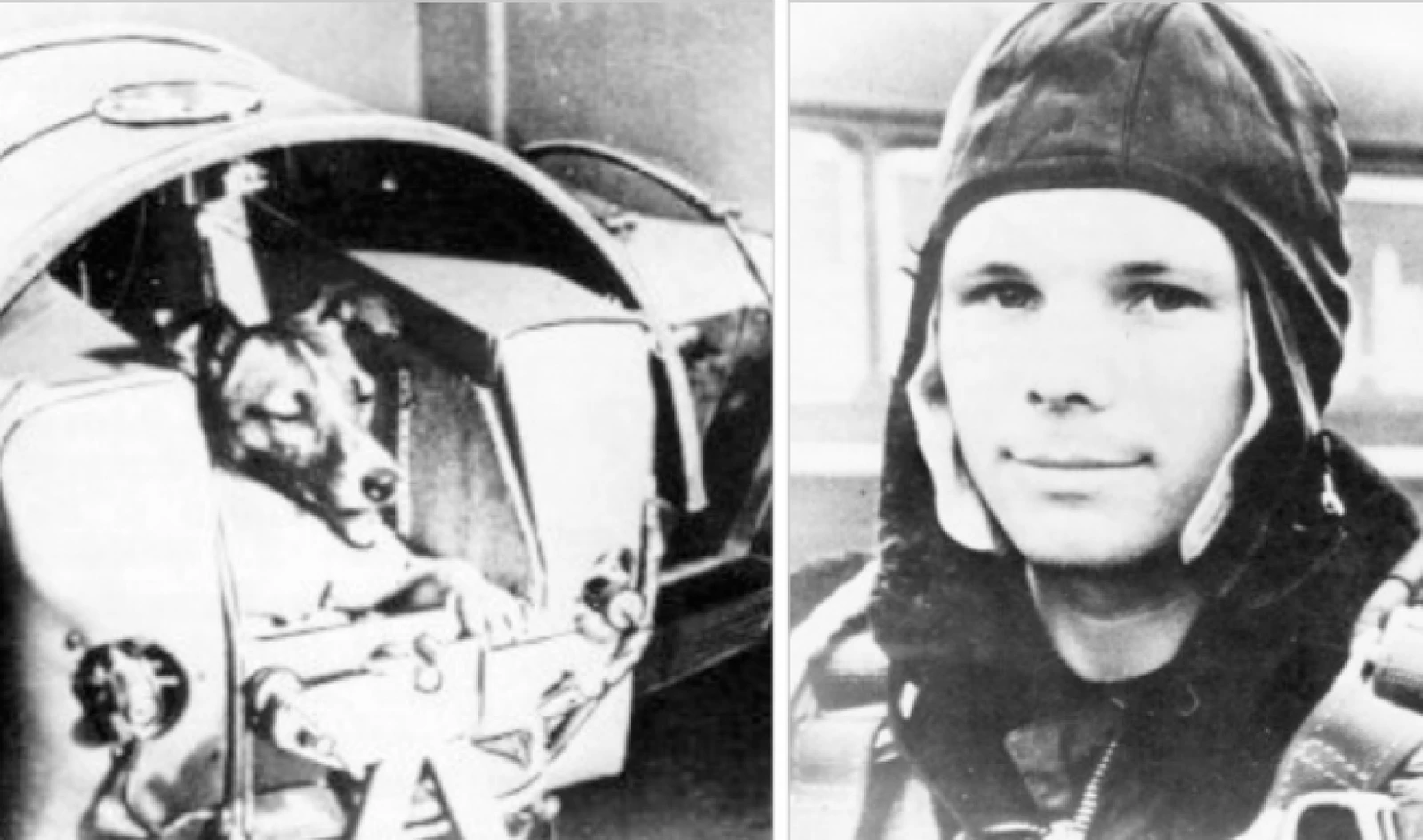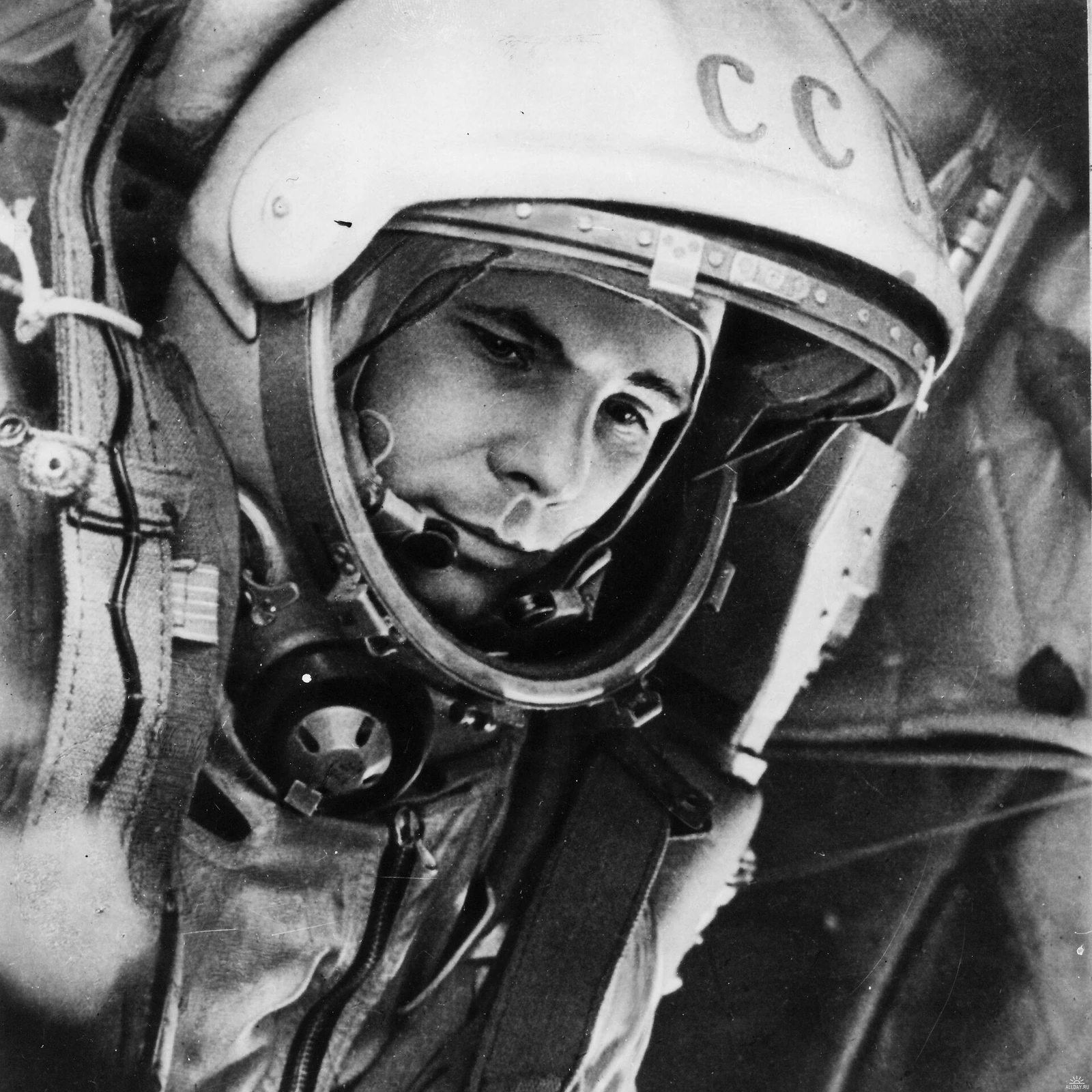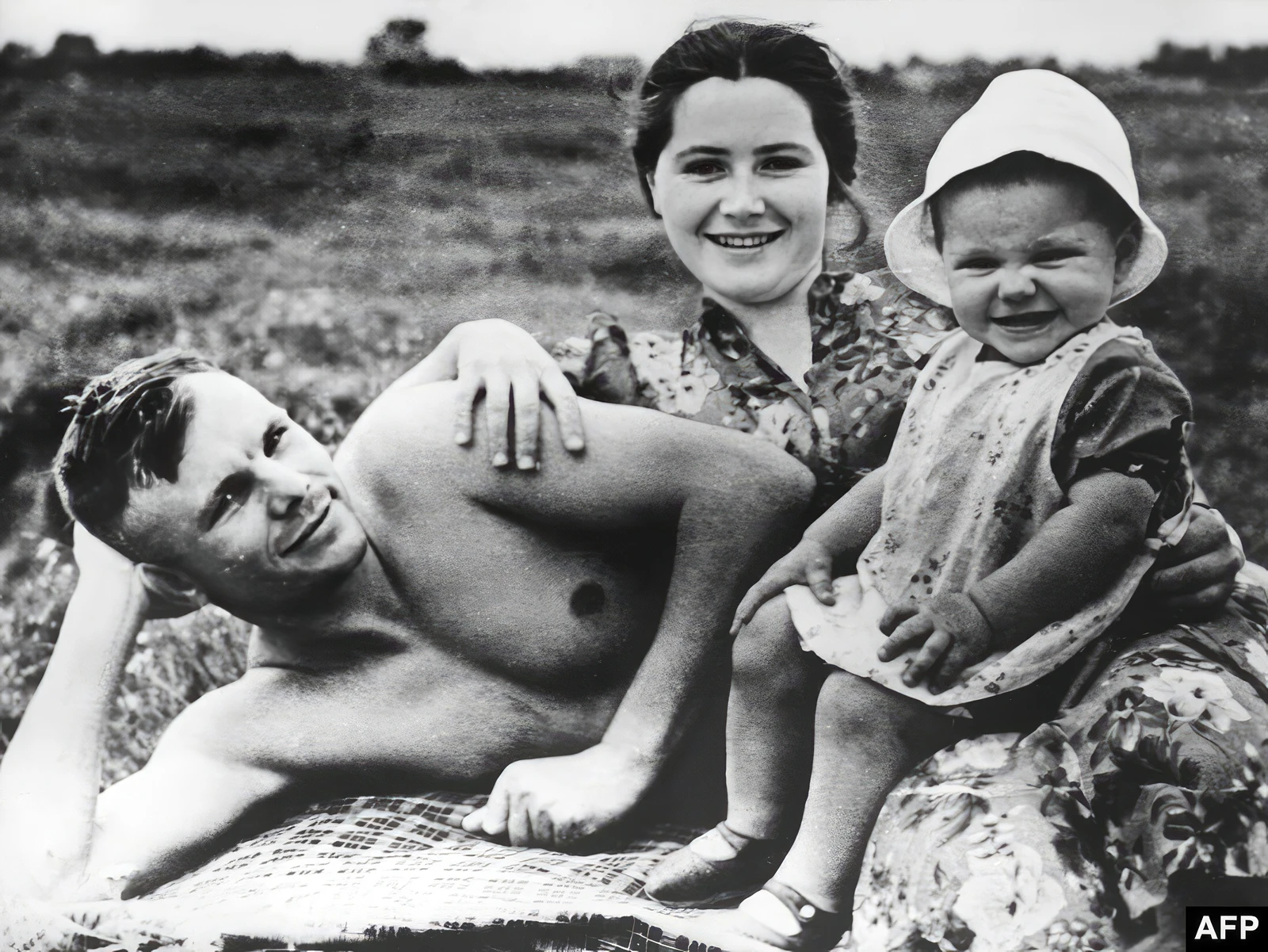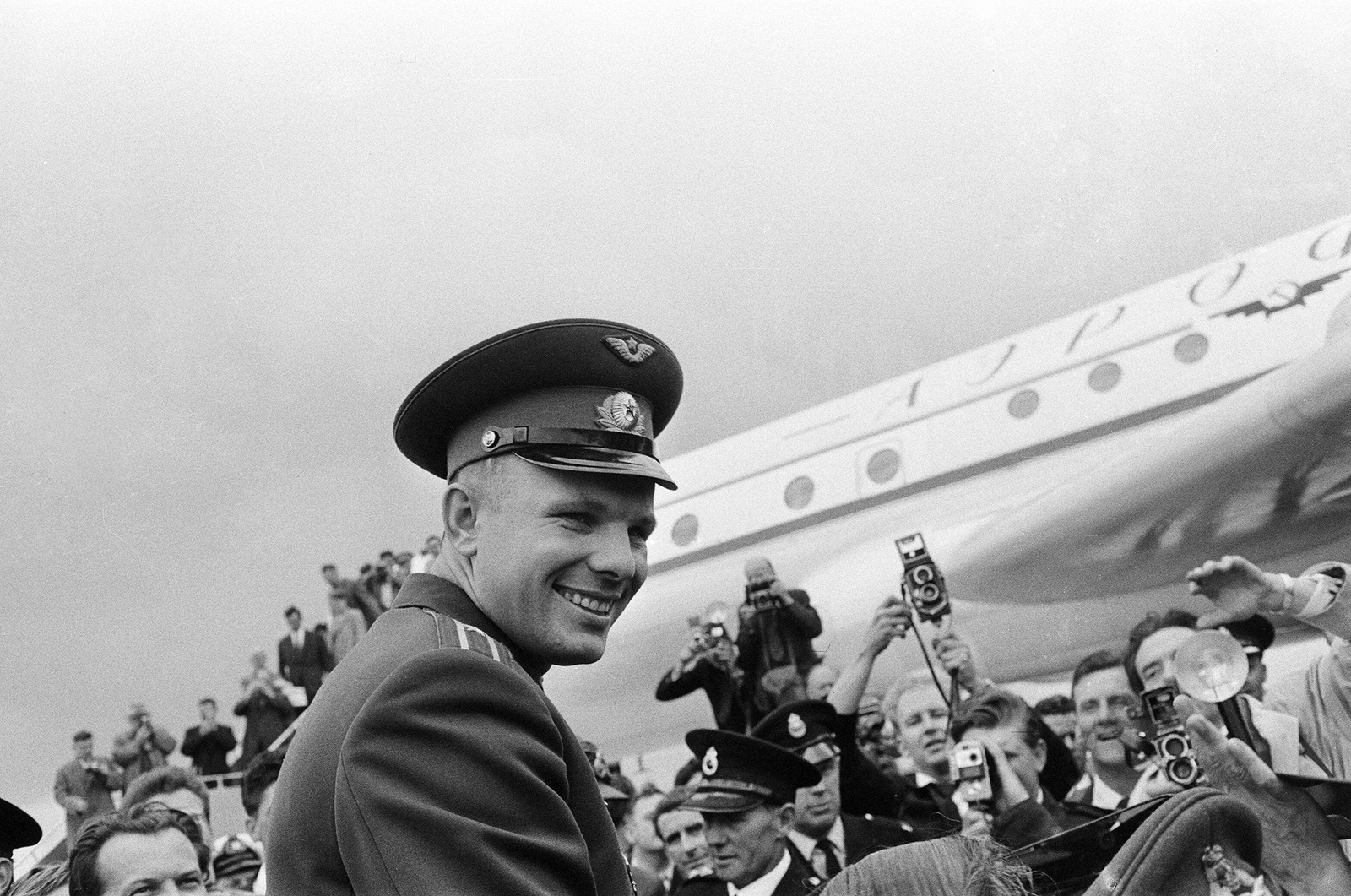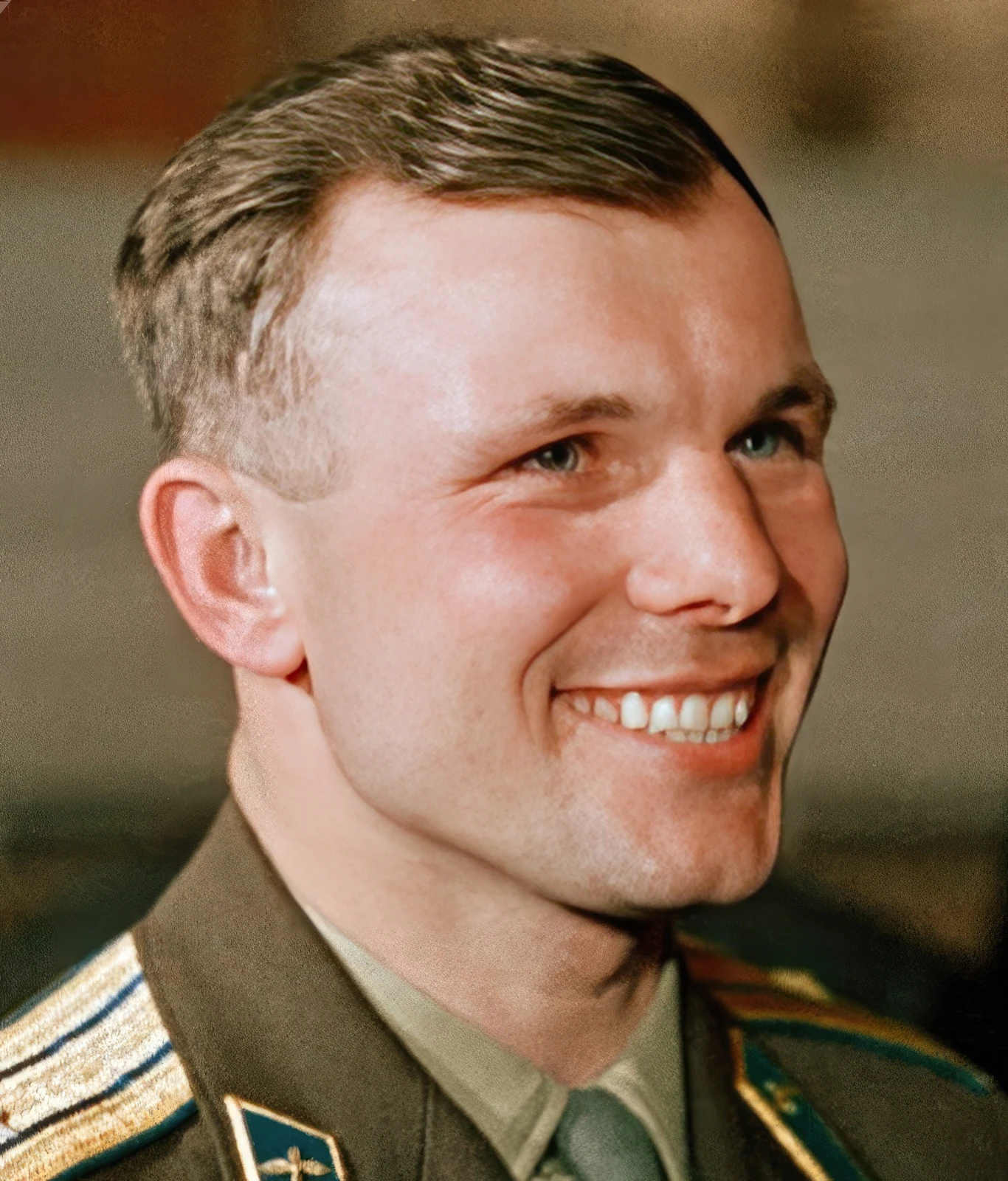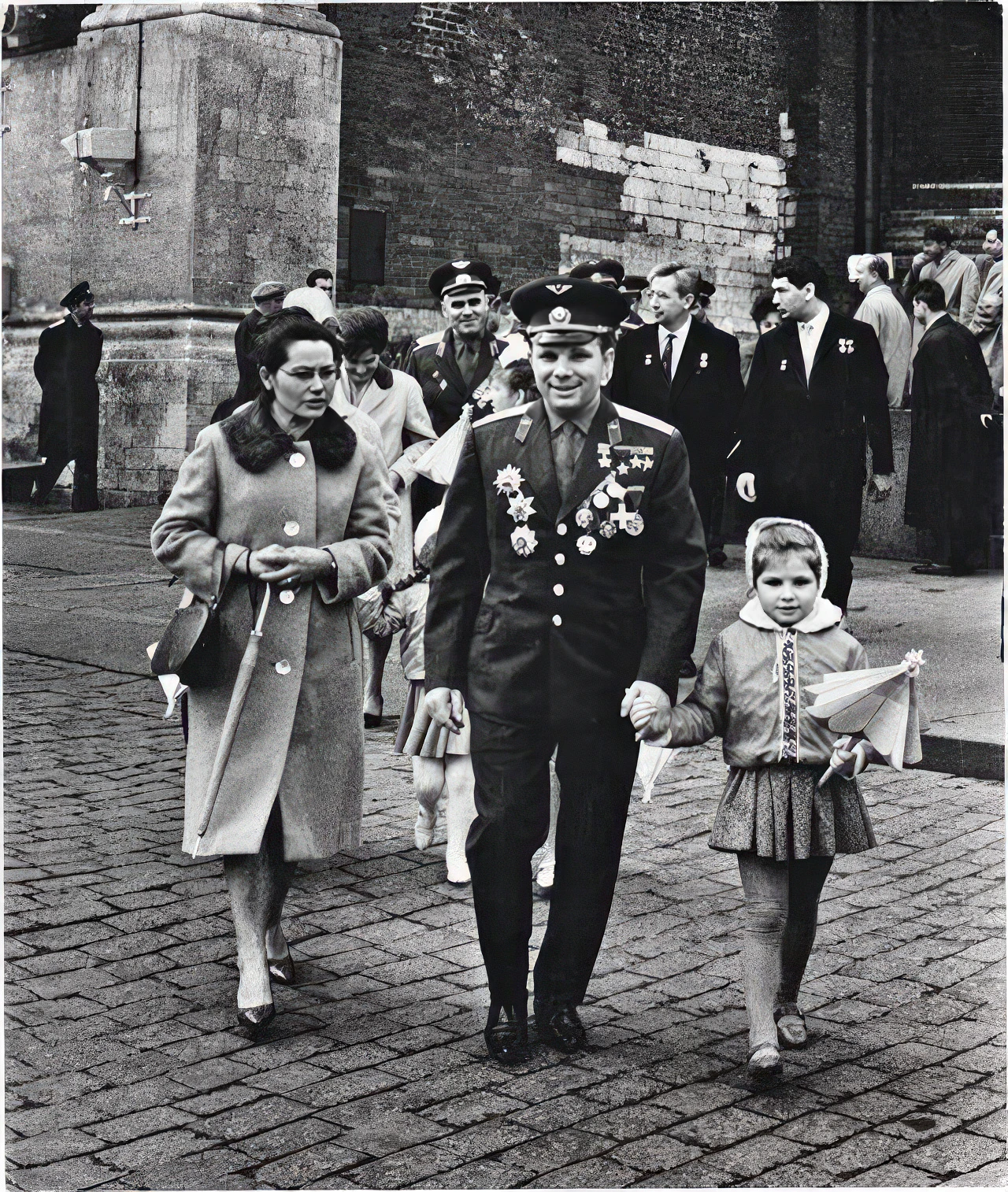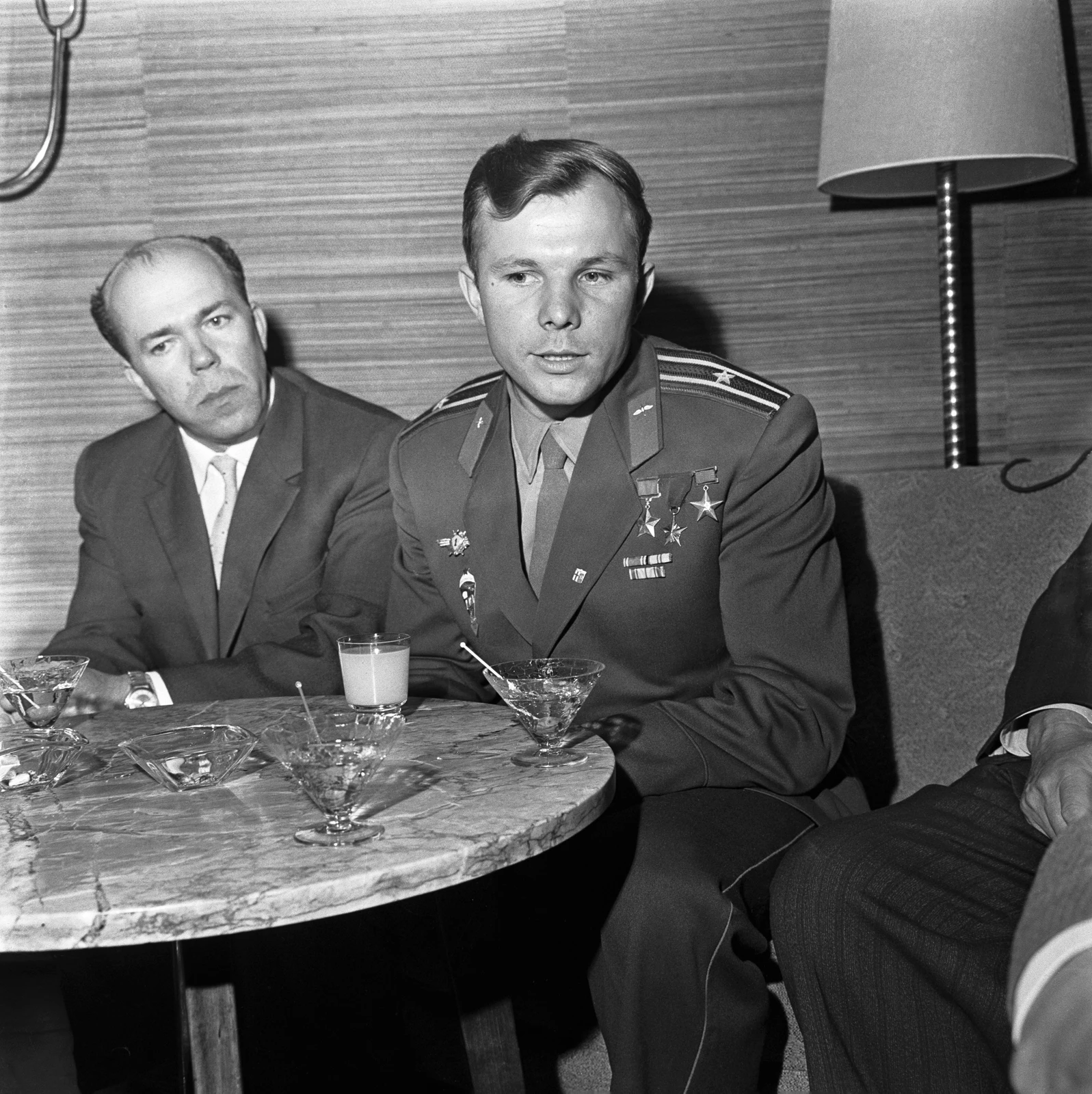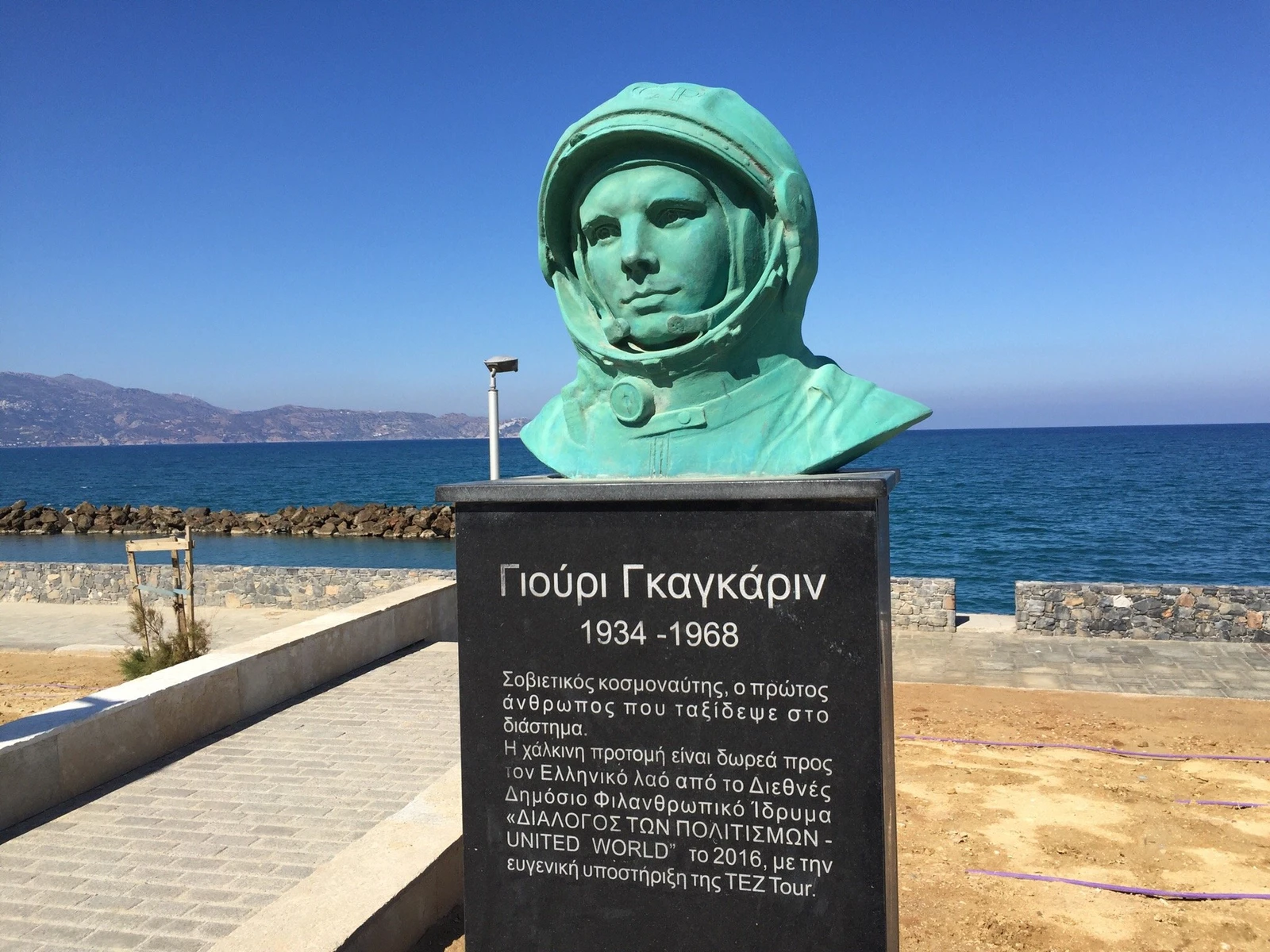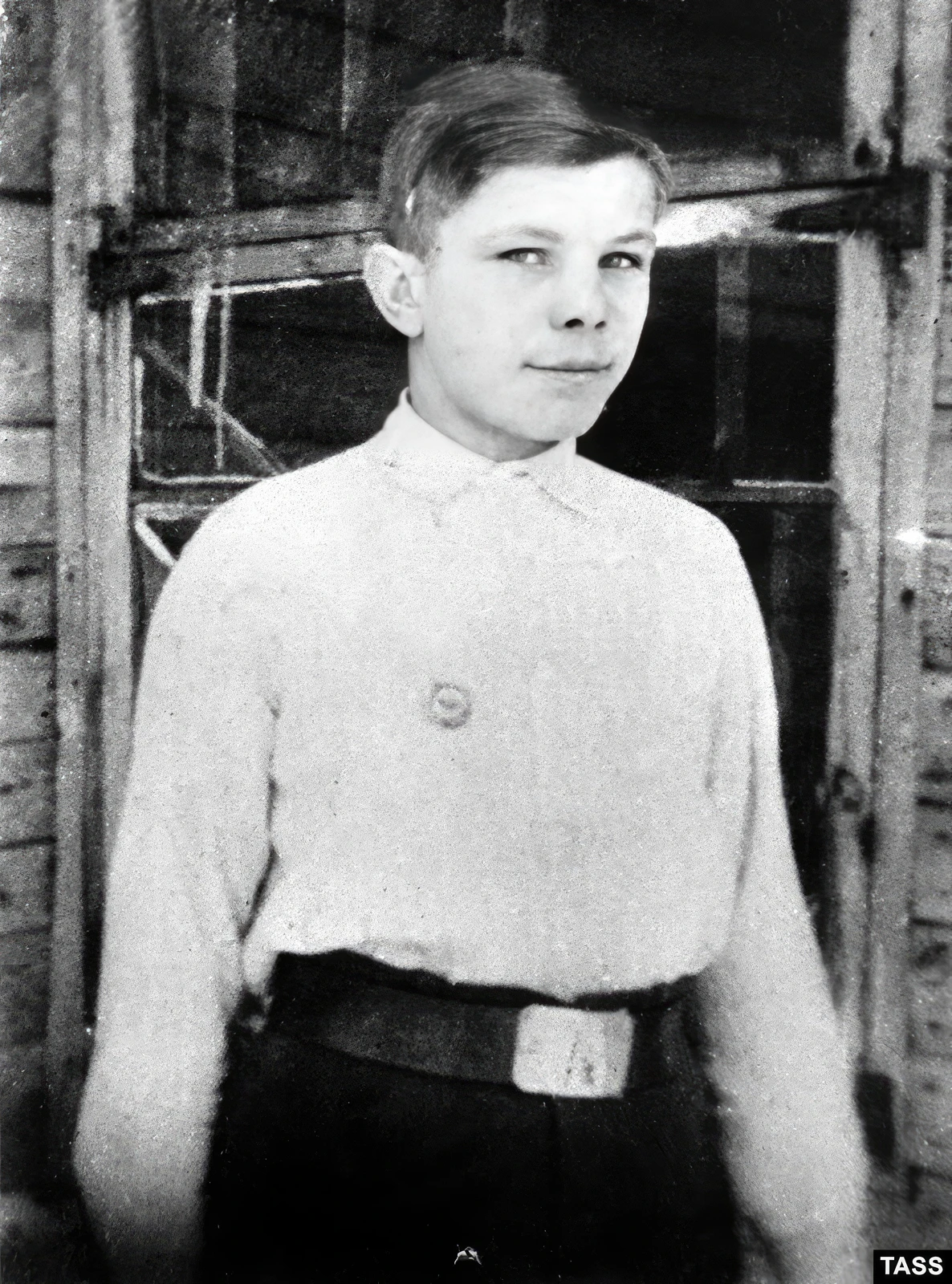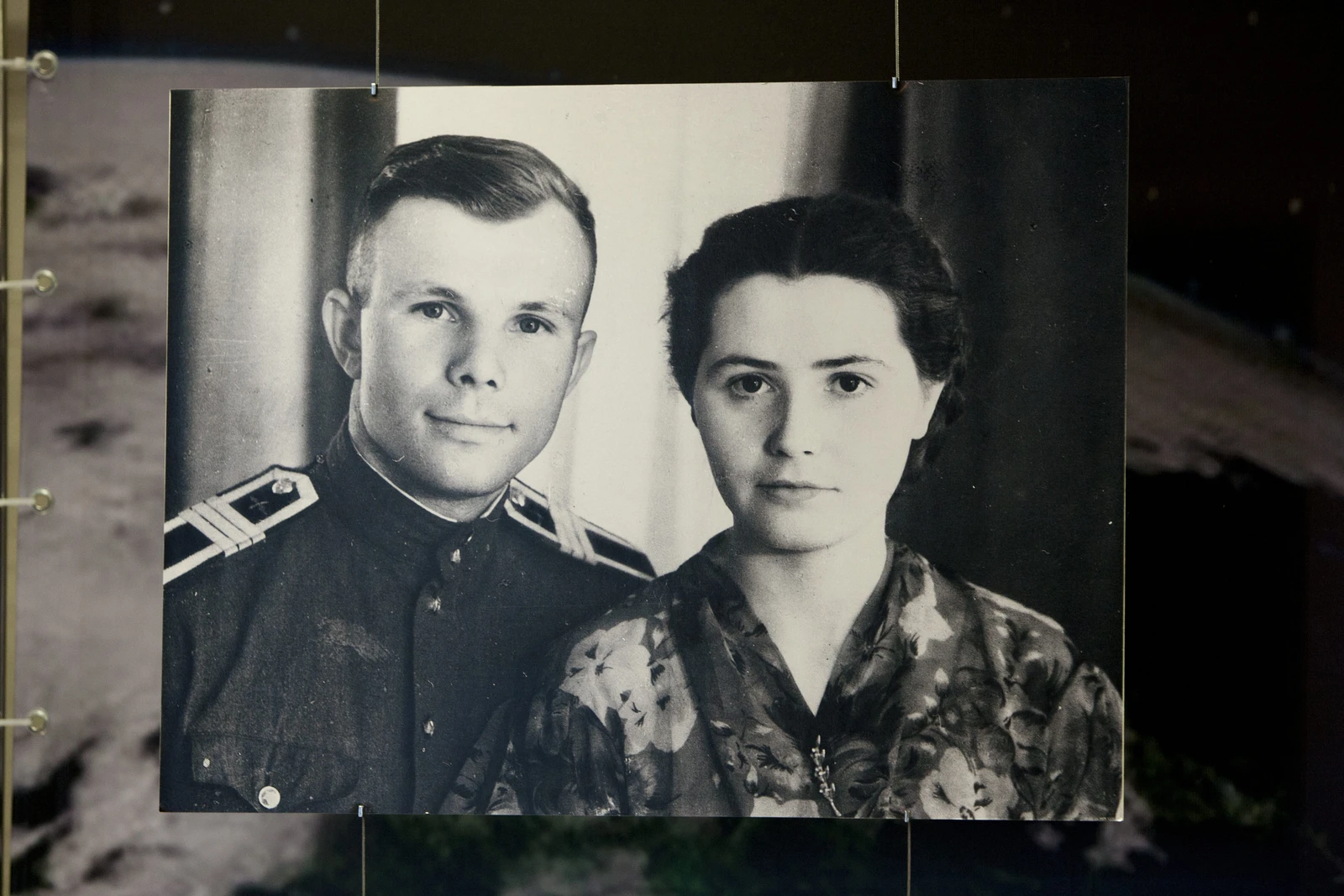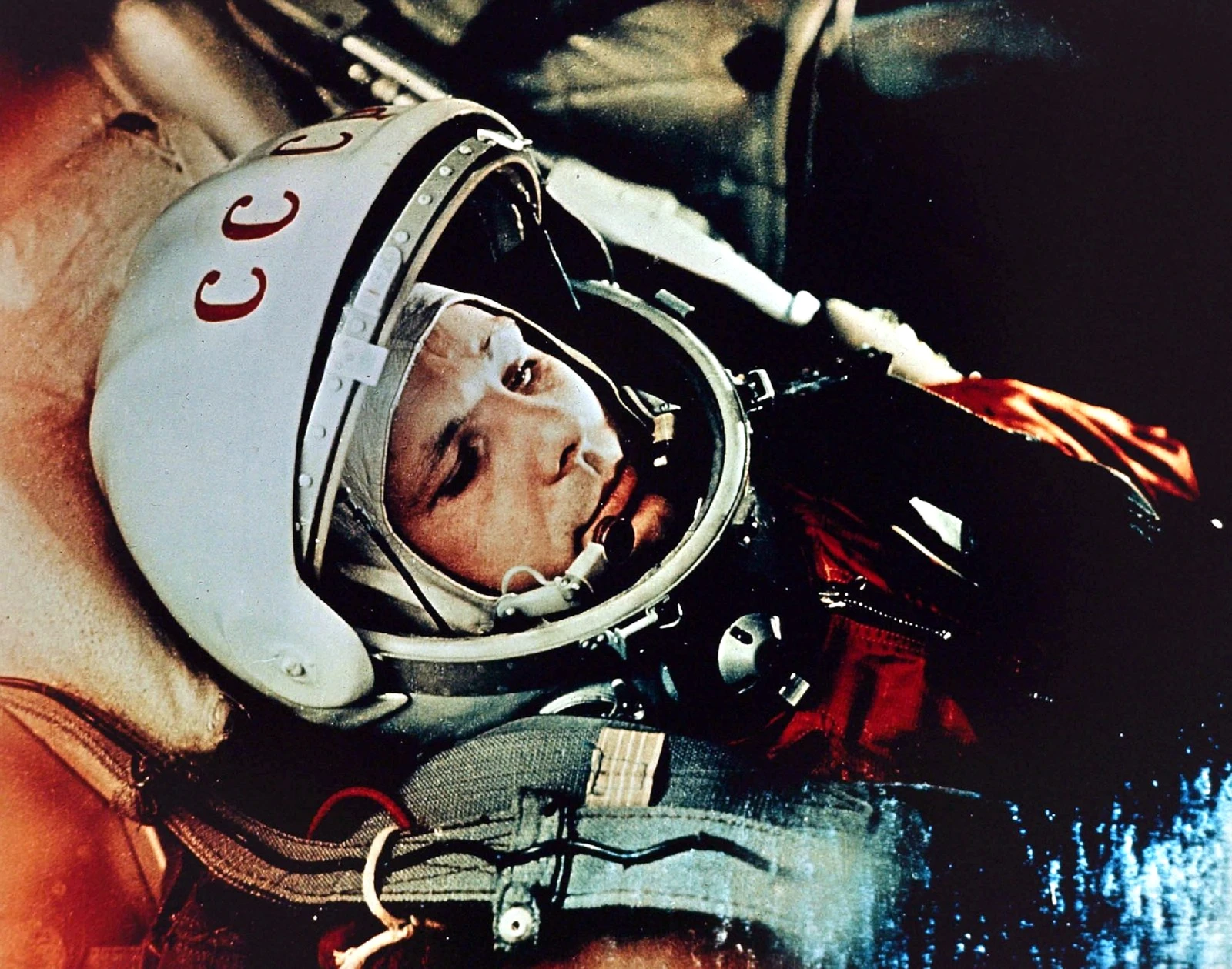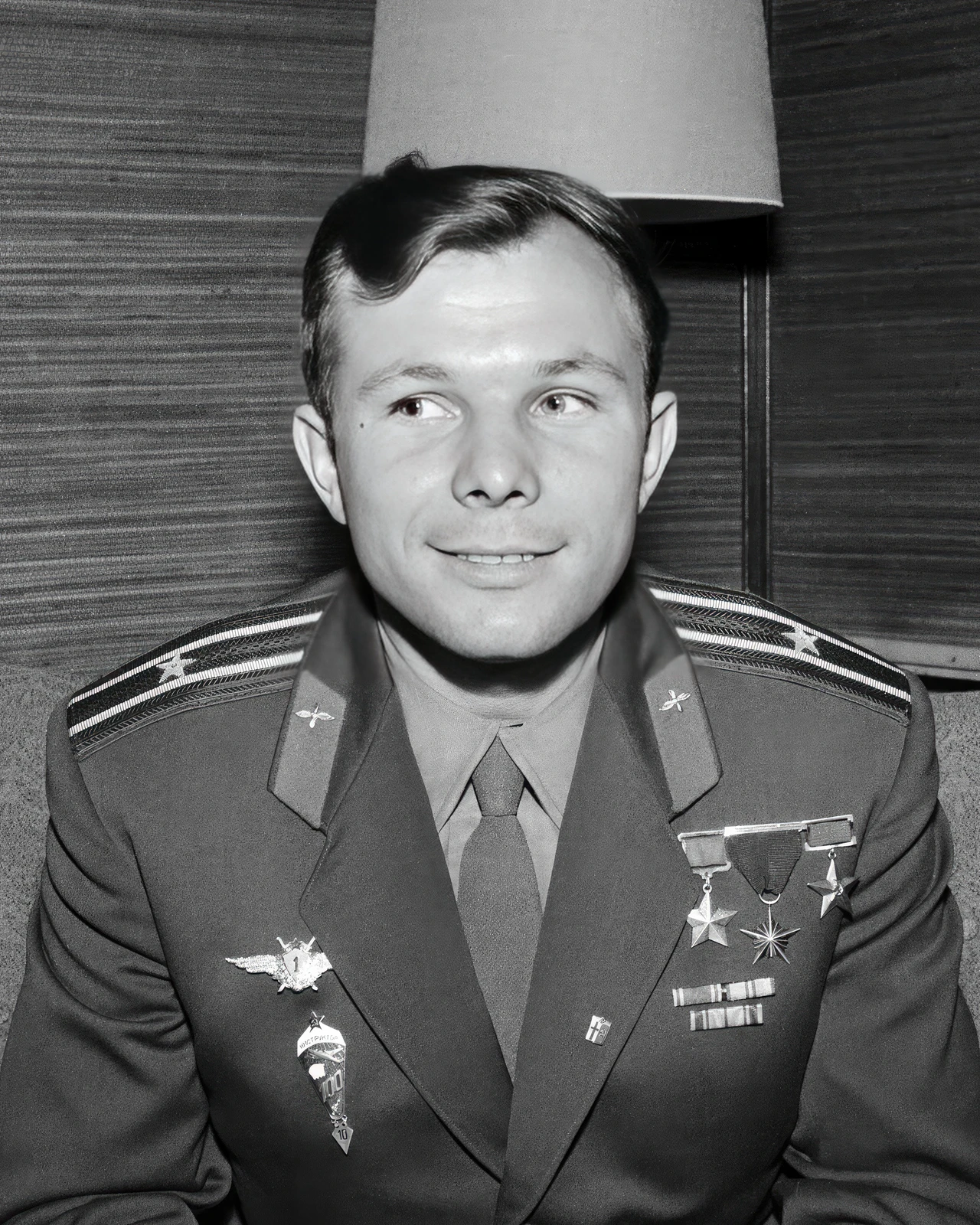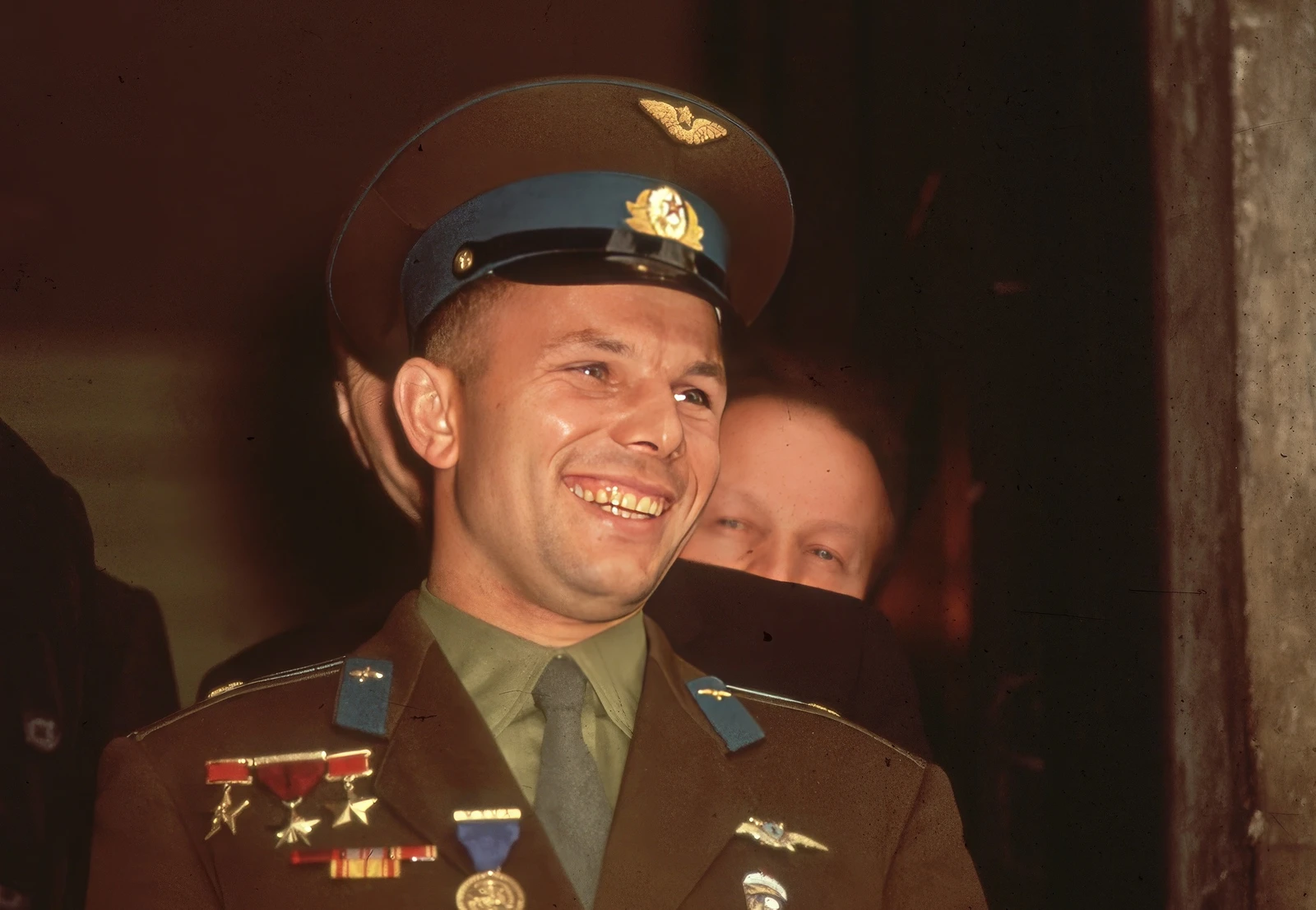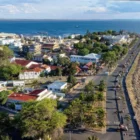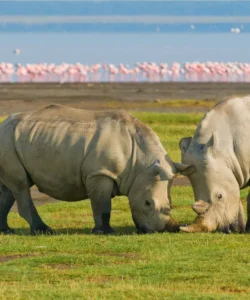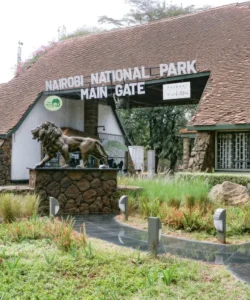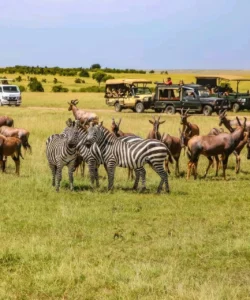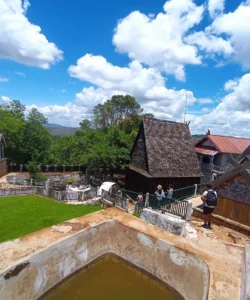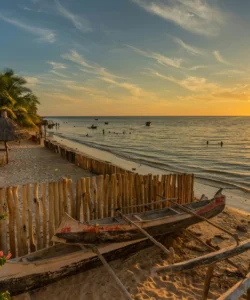Yuri Gagarin was a Soviet pilot and cosmonaut who achieved global immortality on April 12, 1961, by becoming the first human to journey into outer space and the first to orbit the Earth. His historic flight aboard the Vostok 1 capsule marked a monumental milestone in the Space Race and human exploration, instantly transforming him into an international celebrity and a symbol of Soviet achievement.

Name: Yuri Alekseyevich Gagarin
Date of birth: March 9, 1934
Died: March 27, 1968 (aged 34), in a MiG-15UTI training jet crash near Kirzhach, Soviet Union. The exact cause of the crash remains subject to various theories and official reports, some of which are still disputed.
Height: 5 feet 2 inches (1.57 m) (His small stature was a factor in his selection for the cramped Vostok capsule).
Place of birth: Klushino, Klushino District, Smolensk Oblast, Russian SFSR, Soviet Union (now Russia).
Family:
- Parents’ names: Aleksey Ivanovich Gagarin (father, a carpenter on a collective farm) and Anna Timofeyevna Gagarina (mother, a dairy farmer).
- Siblings: He was the third of four children. He had two older siblings, Valentin and Zoya, and a younger brother, Boris.
- Spouse: Valentina Ivanovna Gagarina (née Goryacheva) (m. 1957).
- Children:
- Yelena Yurievna Gagarina (daughter, born 1959)
- Galina Yurievna Gagarina (daughter, born 1961)
- Relatives: His parents, siblings, wife, and two daughters.
Profession: Pilot (Soviet Air Forces), Cosmonaut. After his spaceflight, he also became Deputy Chief of the Cosmonaut Training Center.
Nationality: Soviet (Russian)
Religion: He was reportedly baptized into the Russian Orthodox Church as a child, and his family celebrated Christian holidays. He baptized his elder daughter, Yelena, shortly before his space flight.
College or university attended:
- Vocational school in Lyubertsy (trained as a foundryman and studied at a “young workers” school).
- Saratov Industrial Technical School (specialized in foundry; joined a flying club there).
- Orenburg Military Pilot School (graduated as a fighter pilot in 1957).
- Zhukovsky Air Force Engineering Academy (post-flight studies, but did not complete).
Biography and What Famous For:
Yuri Gagarin’s early life was deeply affected by World War II, during which his village was occupied by German forces. His family endured hardship, including being forced out of their home. After the war, he continued his education, showing an aptitude for mathematics and physics. His fascination with airplanes led him to join a flying club while studying at a technical school in Saratov, where he flew his first solo flight. He then entered military flight school, graduating as a fighter pilot in 1957.
In 1960, Gagarin was selected as one of the first 20 cosmonaut candidates for the Soviet space program. His calm demeanor, physical fitness, mental resilience, and humble origins made him an ideal candidate for the historic mission. His relatively small stature (1.57 m) was also an advantage for fitting into the tiny Vostok capsule.
Yuri Gagarin is most famous for:
- Being the First Human in Space (April 12, 1961): This singular achievement is his defining legacy. Aboard the Vostok 1 spacecraft, he completed a single orbit of Earth, a flight that lasted 108 minutes. His famous exclamation, “Poyekhali!” (Russian for “Let’s go!”), as the rocket launched, encapsulated the groundbreaking nature of the moment.
- The First Human to Orbit Earth: This orbital flight marked a critical victory for the Soviet Union in the Space Race against the United States.
- Becoming a Global Icon: Immediately after his successful return, Gagarin became an international celebrity. He toured extensively around the world (though he was barred from visiting the U.S.), promoting the Soviet Union’s technological prowess and their peaceful intentions in space. His charming personality and famous smile endeared him to millions globally.
- Symbol of Human Exploration and Courage: Gagarin embodied the pioneering spirit of space exploration and the immense courage required to venture into the unknown. His flight proved that humans could survive and function in outer space, paving the way for all future manned space missions.
After his historic flight, Gagarin never returned to space, but he remained deeply involved in the Soviet space program, becoming Deputy Chief of the Cosmonaut Training Center. Tragically, he died seven years after his historic flight in a routine MiG-15UTI training jet crash, along with flight instructor Vladimir Seryogin. The exact cause of the crash remains a subject of ongoing debate and various official and unofficial theories. He was buried with full state honors in the Kremlin Wall Necropolis on Red Square.
Have participated:
Military Service:
- Soviet Air Forces (Fighter Pilot)
Space Program (Cosmonaut):
- Vostok 1 mission (April 12, 1961): First human in space, first to orbit Earth.
- Backup crewmember for Soyuz 1 mission (1967).
- Deputy Chief of the Cosmonaut Training Center (from 1963).
Political Office:
- Deputy of the Soviet of the Union (1962).
- Deputy of the Soviet of Nationalities (1966).
Awards and Recognitions (Selected):
- Hero of the Soviet Union (Highest honor of the Soviet Union, 1961)
- Order of Lenin (1961)
- Gold Air Medal
- De la Vaulx Medal (FAI)
- Recipient of numerous medals, orders, and honorary titles from various countries and organizations worldwide.
- Cities, streets, and squares are named after him globally.
- The Cosmonaut Training Center was later named after him.
- His image is widely recognized on stamps, coins, monuments, and in art.
- Yuri’s Night (April 12) is celebrated globally to commemorate his flight and the first Space Shuttle launch.

